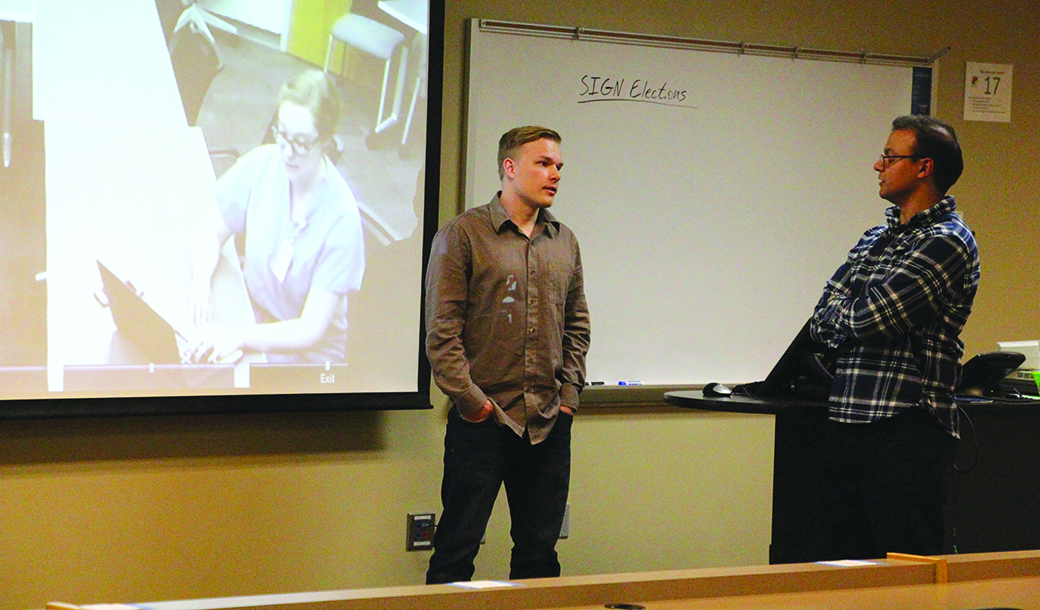
Student Interest Group in Neurology elects new members, looks to increase participation
Though there was a lack of participation for many months, the Student Interest Group in Neurology (SIGN) plans on making a comeback by increasing student involvement.
SIGN meets once or twice a semester, and Vice President Erik Burnison said they want to make meetings more frequent. The group currently has about 60 members, and in general it’s aimed towards medical students.
Alex Verma, treasurer and secretary of SIGN, said the group fell off the grid because of busy schedules when he was president.
“We’ve had some trouble over the past year because the (former) vice president got ill, and took a year off,” Verma said. “I’ve pretty much been running the show entirely, which is why we haven’t met very often.”
Because the group doesn’t meet often, Verma and Burnison are trying to work to get meetings to once a month.
Verma said he is interested in SIGN because of his love for neurology, and working with Jerome Freeman, chair of the neuroscience department at the Health Science Center in Sioux Falls.
“What I saw just blew me away,” Verma said. “I got to see a whole variety of patients, everybody had something different. Before, my interests were cardiology and oncology, and the thing with cardiology is you’re seeing the same illnesses on a daily basis. So, with neurology, you’re getting a wide variety of things, and you’re also building these really deep, long term relationships with your patients.”
Burnison said he enjoys neurology because the field is growing.
“There’s so many new forms of technology that are going to be influencing neurology and neuroscience,” Burnison said.
One thing the group covers during meetings includes having a ‘skills night,’ an event held at the Parry Center in Sioux Falls that focuses on the hands-on practice of neurology.
The group is also a tool for studying and learning more about neurology, Burnison said.
“I think to be a neurologist, to take an approach with your patients, you have to think about it differently than other physicians have to,” Burnison said. “This group helps us explore those issues.”
The club, Verma said, often has faculty come to talk and discuss topics related to neuroscience careers, something Verma wants to see more of.
“The science aspect is good, but also the career of what you can expect (would be good),” Verma said.
Burnison has many ideas to help revive the group, such as making and selling t-shirts, creating social media pages, an idea page promoting neurology, having patients with Parkinson’s disease and multiple sclerosis come in to do patient panels and promoting the group during first-year orientation for medical school.
“(We can promote the group by) spreading the love of neuroscience,” Burnison said. “(We want to find) a good medium to communicate what we want to do.”
Verma and Burnison said they’re working to start getting back into having meetings and promoting the group so more members attend.
“It’s hard to say how many (members) are invested,” Verma said. “We’ve been pretty quiet for the past year… We’re gonna make a comeback.”

